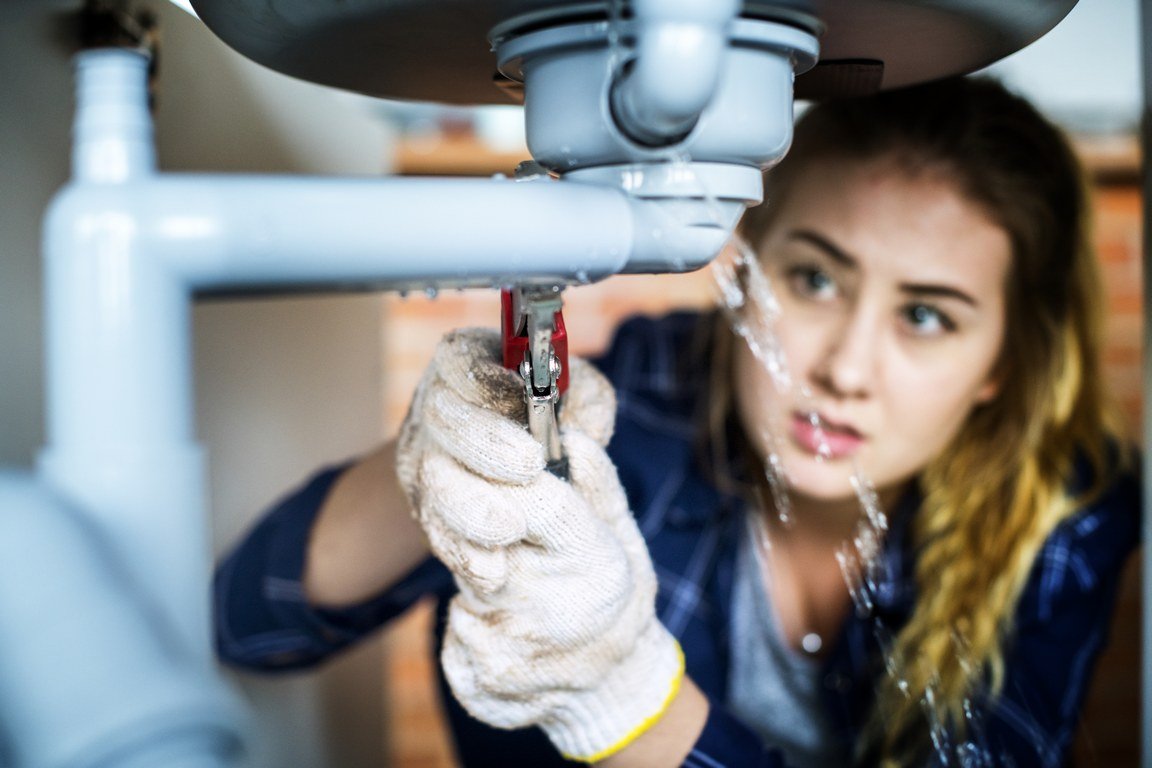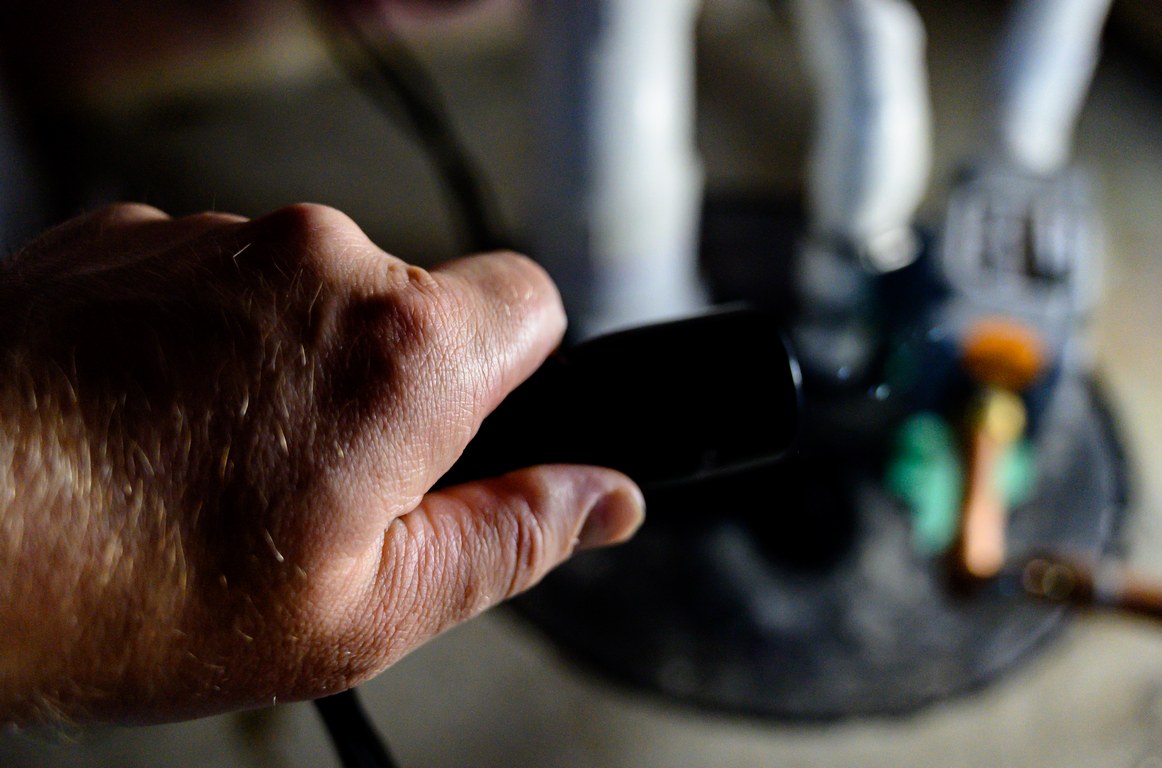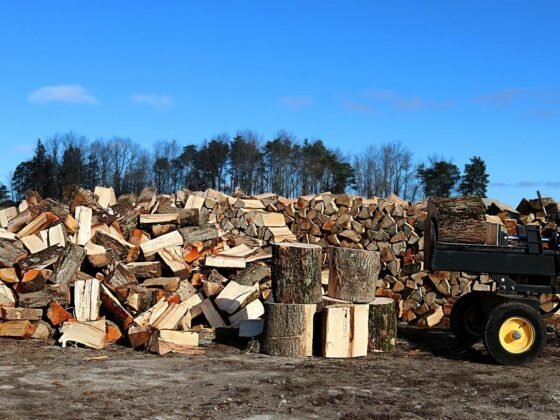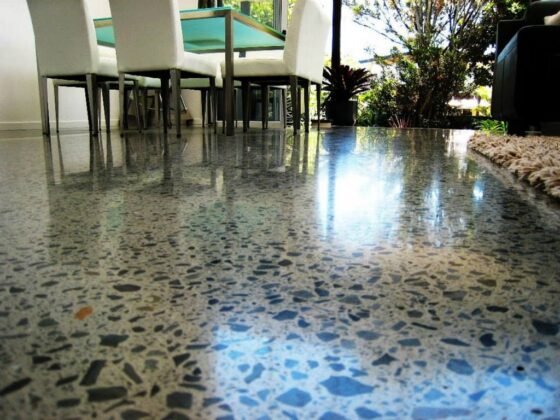Table of Contents Show
Everyone wishes to have a great home where everyone is safe and protected from harm. However, due to uncontrollable weather conditions such as extremely heavy rainfall, your home might be at risk of flood damage.

When you’re residing in an area where the risk of flooding is high, you need to secure your house properly to prevent any damage and accidents that might lead to injuries or hefty expenses for repairs and replacements.
Here’s what you need to do to keep your family and property safe from flooding:
1. Get Flood Insurance
Not every homeowner avails of flood insurance. However, getting one is essential, especially if you’re living in a high-risk flood area.
In fact, TR Texas says that in some locations, lenders require borrowers to have flood insurance for their homes if the property is located in an area where floods are a frequent occurrence.
Flood insurance will help cover repair and replacement expenses if your home sustains flood damage.
2. Repair Leaks
The moment you see the first signs of droplets from your ceiling or leaks in your sinks, you should immediately repair them or have a plumber fix them for you. Remember, flooding isn’t just caused by environmental factors, it can happen inside your home as well.
When you fail to maintain your water pipes’ health, it might cause more significant damage and result in heavy flooding and inconvenience for everyone in your home.
Ideally, you should have every pipe repaired the first time they show signs of damage. Along with this, you can have your water pipes checked annually just to verify if they need repairs or replacements.
3. Seal Every Crack
If you notice any cracks forming in your house’s foundation, seal it immediately with a sealant. When flooding occurs, and you failed to fill your home’s existing cracks, leaks would come through, allowing the flood to flow inside your home.
While using sealants provides a quick fix, they only offer minimal help. If you’re concerned about bigger issues that you think a regular sealant cannot fix, consider hiring a contractor and have them assess the cracks to determine the applicable treatment or repairs.
4. Raise Electrical Outlets and Switches
Consider raising your household’s electrical outlets and switches to promote proper safety inside your home. Ideally, you should place the outlets at least one foot higher than the average flood level.
This will help prevent the possibility of electricity flowing around the water, causing safety hazards to you and your family.
5. Protect Your Valuables
Place any valuables in a protective waterproof container so that they won’t get damaged in a flood. Place small items in resealable bags and bigger things in a waterproof and locked container.
Seal your house deed, contracts, birth certificates, and passport in a single container and try to place them in an elevated area.
This allows you the ease of access and saves you time when you need to relocate immediately due to flood or fire. You can quickly gather these things and move to a safer location.
6. Have a Battery-Powered Sump Pump
One of the best ways to have a flood-free house is by eliminating any possibilities that it might enter your house. Having a sump pump would help keep the flood away from your home.
A sump pump works by sucking the water in from outside of your home so that it’ll have no chance of entering your household. However, most sump pumps use electricity. When there’s heavy rainfall, be prepared for power interruptions.
Although their suction power works wonders, you won’t be able to use them when the power is out. Find a battery-powered sump pump if you can.
Conclusion
Floods have never been anyone’s friend. Implement precautionary measures to ensure that your home and loved ones are safe from the flood. These will help you avoid safety risks and costly repairs in the future.










